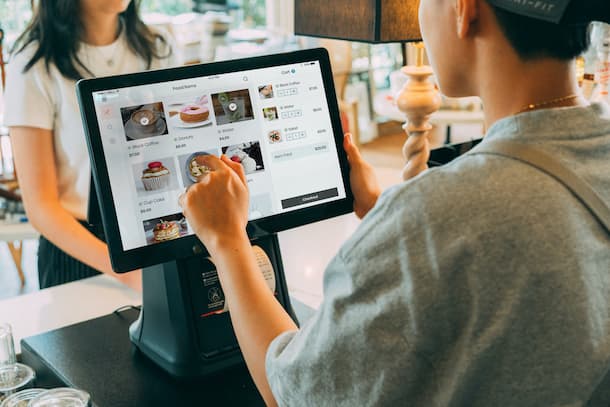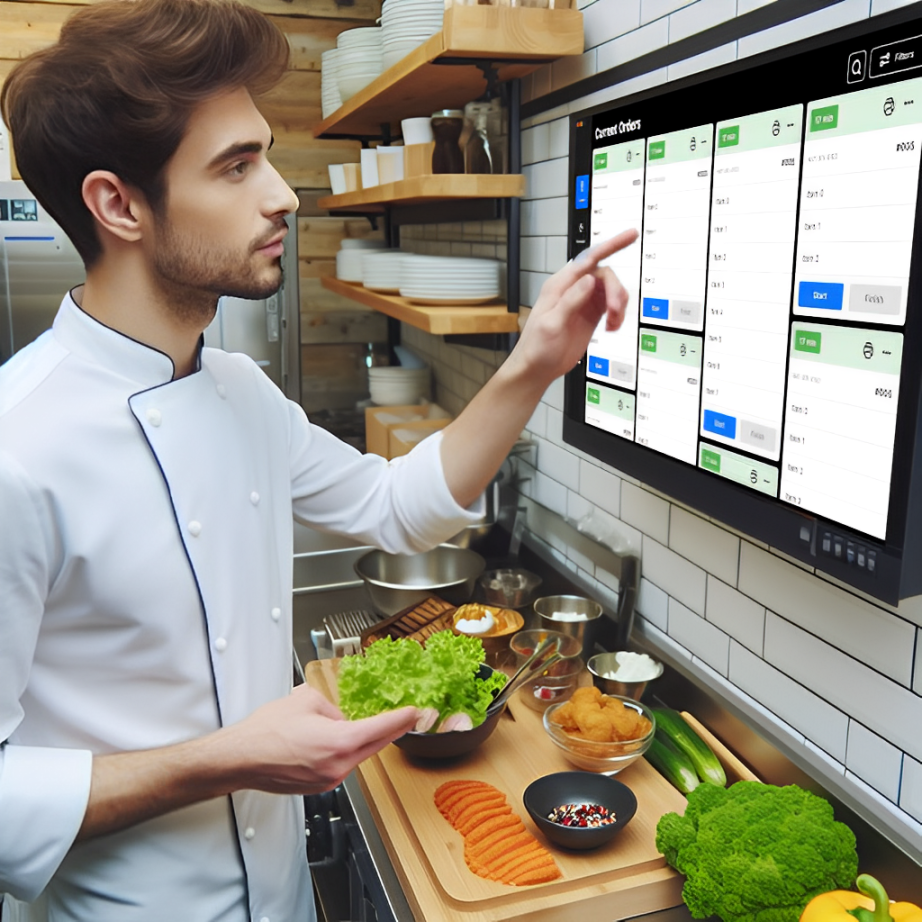In today’s fast-paced dining industry, restaurant owners are constantly seeking innovative solutions to enhance customer experience and streamline operations. One such innovation that has gained popularity is the self-order restaurant kiosk.
These digital systems offer a touch-screen interface for customers to place their orders, making the process more efficient and interactive. However, before investing in this technology, it’s crucial for businesses to explore various alternatives, exploring options on websites like BikPays.com, to understand both the costs and benefits associated with self-order kiosks.
Enhancing Customer Experience with Self-Order Kiosks
Self-order kiosks significantly improve the dining experience by reducing wait times and allowing for personalized order customization. Customers enjoy the autonomy of browsing the menu at their own pace, leading to increased satisfaction and potentially larger orders. By integrating visually appealing menus and seamless navigation, these kiosks can also boost impulse purchases through strategic upselling and cross-selling recommendations.
Streamlining Operations and Reducing Costs
From an operational standpoint, self-order kiosks can lead to substantial efficiencies. They reduce the burden on staff during peak hours and minimize order errors, leading to a smoother kitchen operation and less food waste. Moreover, reallocating staff from order-taking to more value-added services can enhance the overall dining experience and operational efficiency.
Understanding the Investment: Costs of Implementation
The initial setup cost of self-order kiosks includes the hardware, software, and integration with existing Point of Sale (POS) systems. While the upfront investment might seem high, it’s essential to consider the long-term savings and increased revenue potential. Businesses should conduct a thorough cost-benefit analysis, considering factors like the expected reduction in labor costs, the potential for increased sales through upselling, and the overall impact on customer satisfaction and retention.
Measuring Success: ROI and Beyond
Evaluating the return on investment (ROI) is crucial for any technological implementation. For self-order kiosks, metrics such as increased order value, reduced wait times, customer satisfaction scores, and labor savings should be monitored closely. However, success should also be measured in terms of strategic alignment with the business’s long-term goals, such as enhancing the customer experience and embracing digital transformation.
Conclusion
Self-order restaurant kiosks represent a significant investment in the future of dining. By carefully weighing the costs and benefits, restaurant owners can make informed decisions that align with their operational goals and customer expectations. As the industry continues to evolve, embracing such technologies will be key to staying competitive and satisfying the ever-changing preferences of diners.








